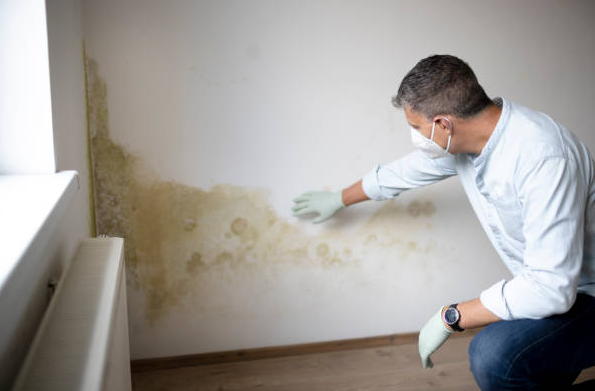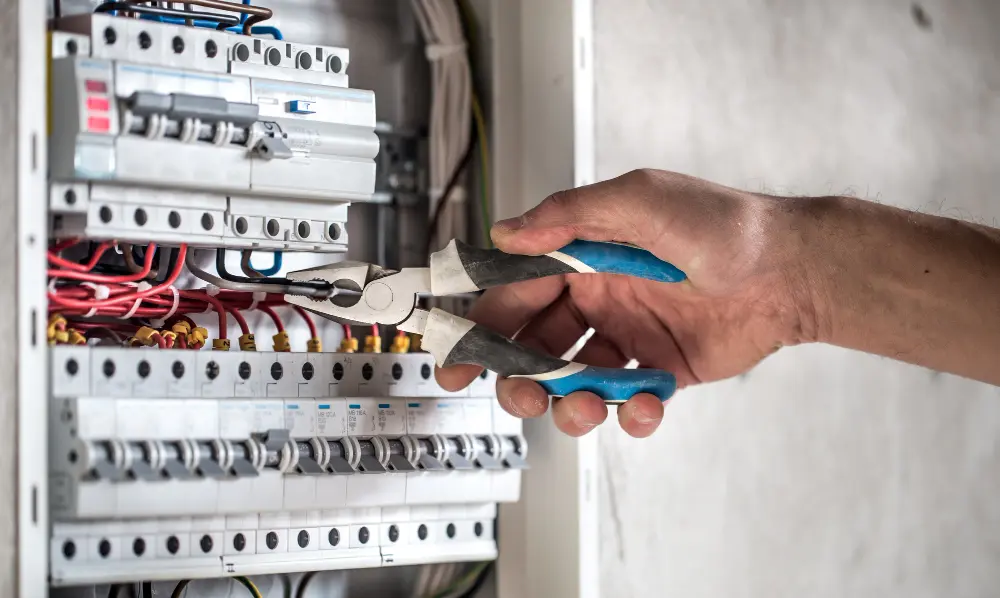Mold is one of those home issues that can sneak up on you, especially in spaces you don’t frequent often, like the attic or basement. These hidden areas are prime spots for mold growth due to moisture, limited ventilation, and organic materials like wood and drywall.
If you’ve noticed a musty smell, dark patches on walls or insulation, or even just suspect mold in these areas, you’re not alone. Attics and basements are among the most common places where mold problems begin. But here’s the good news: With the right information and the help of trusted experts like Home Doctor Restoration, you can handle mold safely and effectively.
In this guide, we’ll break down everything you need to know about attic and basement mold—why it happens, how to spot it, what it means for your health and home, and what to do about it.
Why Mold Loves Your Attic and Basement
Attics and basements provide the perfect environment for mold to grow. Here’s why:
1. Moisture is Trapped
Water is the number one factor mold needs to grow. Attics often suffer from poor ventilation and roof leaks. Basements are naturally damp and prone to flooding or condensation. This moisture creates the ideal conditions for mold spores to thrive.
2. Lack of Airflow
Mold spores are everywhere in the air, but good airflow can prevent them from settling and growing. Attics and basements typically lack consistent airflow, especially if they’re not properly vented or insulated.
3. Organic Material
Wood, cardboard boxes, drywall, insulation, and even old furniture—these are all materials that mold feeds on. When these items get wet and stay damp, it’s a mold feast.
Signs of Mold in the Attic
Mold in the attic is often hidden unless you go up there for storage or maintenance. Still, there are common signs that suggest trouble:
- Dark patches or staining on wood rafters, insulation, or the roof deck.
- Musty odors coming from the ceiling or upper walls.
- Peeling paint or bubbling on ceilings below the attic.
- Increased allergies or respiratory issues when you’re upstairs.
Common Causes of Attic Mold:
- Roof leaks.
- Poor or blocked ventilation.
- Inadequate insulation.
- Exhaust fans (from bathrooms or dryers) venting into the attic instead of outside.
Signs of Mold in the Basement
Basements are naturally more humid than other parts of the house. If not well-maintained, they can become a mold hot zone.
Here’s what to look out for:
- Discoloration on walls, floors, or ceilings.
- White, green, or black fuzzy patches.
- A persistent damp or musty smell.
- Warped wood or furniture.
- Condensation on windows or pipes.
Common Causes of Basement Mold:
- Foundation leaks or poor drainage.
- Leaky plumbing or water heaters.
- Humid air and poor ventilation.
- Old carpets, cardboard boxes, or wood storage absorbing moisture.
Why Mold Is More Than Just an Eyesore
Mold isn’t just unsightly—it can be dangerous. Here’s why you should never ignore mold in your attic or basement:
1. It Can Affect Your Health
Exposure to mold spores can lead to a range of health issues, especially for children, the elderly, or anyone with respiratory problems. Common symptoms include:
- Coughing
- Sneezing
- Skin irritation
- Headaches
- Asthma attacks
2. It Damages Your Home
Mold can rot wood, break down drywall, and compromise the structural integrity of your home over time. It can also reduce your property value and lead to expensive repairs.
3. It Can Spread Quickly
Mold spreads through spores that travel in the air. What starts in your attic or basement can quickly move to other parts of the home, especially if moisture problems aren’t resolved.
Steps to Take If You Suspect Mold
1. Don’t Disturb It
Scrubbing or spraying mold with DIY products can actually make things worse by spreading spores through the air.
2. Call in the Professionals
This is where trusted specialists like Home Doctor Restoration come in. They have the tools, training, and experience to inspect, test, and remove mold safely.
3. Identify the Source
Fixing the root cause of the moisture is just as important as removing the mold. Whether it’s a roof leak or basement seepage, addressing the moisture source is crucial to prevent regrowth.
4. Remove and Restore
Professionals will remove contaminated materials and clean the area using industrial-grade solutions and HEPA-filtered equipment. Home Doctor Restoration also offers full restoration services—so if your insulation, drywall, or flooring needs replacing, they’ve got you covered.
How Home Doctor Restoration Can Help
When it comes to mold, doing it right the first time is essential. Home Doctor Restoration offers:
- Comprehensive inspections: To find hidden mold and assess damage.
- Moisture control: Solutions to stop future growth.
- Safe mold removal: Following EPA-approved practices.
- Full restoration: Repair and rebuild any damaged areas.
Their licensed and certified team works fast, respects your home, and provides clear communication every step of the way. Whether you’ve got attic mold, basement mold, or both, they’ll make sure your home is clean, safe, and mold-free.
Preventing Mold in the Future
Once you’ve dealt with mold, you’ll want to keep it from coming back. Here are some key prevention tips:
Attic Mold Prevention:
- Ensure proper attic ventilation.
- Check your roof regularly for leaks.
- Insulate properly to avoid condensation.
- Make sure bathroom or kitchen exhaust fans vent outside—not into the attic.
Basement Mold Prevention:
- Use a dehumidifier to maintain humidity below 50%.
- Seal any cracks in your foundation walls.
- Install a sump pump if your basement floods.
- Avoid storing items in cardboard boxes—use plastic bins instead.
DIY Mold Removal: Is It Ever Okay?
Small surface mold (less than 10 square feet) on non-porous materials like tile might be cleaned using a solution of vinegar or hydrogen peroxide. However, mold on wood, drywall, insulation, or any widespread growth should always be left to the pros.
DIY attempts often:
- Miss hidden mold.
- Fail to fix the moisture source.
- Expose you to harmful spores.
- Spread mold further around the house.
For anything beyond minor surface spots, your safest bet is professional remediation.
Final Thoughts
Mold in the attic or basement is more than just a nuisance—it’s a threat to your home’s structure and your family’s health. But the solution doesn’t have to be overwhelming.
With early detection, proper care, and support from a reliable partner like Home Doctor Restoration, you can get ahead of the problem and keep your home safe and dry for years to come.
Whether you’re dealing with musty odors, suspicious stains, or full-blown mold infestations, don’t wait. Call the experts, fix the root issue, and take back your peace of mind.
FAQs
Q1: Is attic mold dangerous if I don’t go up there often?
Yes. Even if you rarely use your attic, mold spores can travel through your HVAC system and impact your indoor air quality, causing health issues for those inside the home.
Q2: Can I use bleach to clean mold in my basement?
No. Bleach doesn’t fully kill mold on porous surfaces like wood or drywall and may actually cause mold to spread. Use professional mold removal services for a safe and permanent solution.
Q3: How much does mold removal cost?
Costs vary based on the extent of the mold damage, the size of the affected area, and what materials are involved. Home Doctor Restoration provides detailed inspections and transparent pricing, so there are no surprises.












Leave a Reply